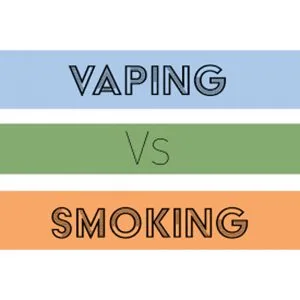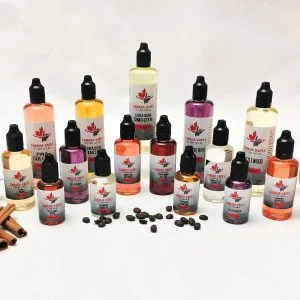The Vindication of Vaping
The Center for Disease Control has at last exonerated the vaping community. In September, the CDC issued a comprehensive warning about the risks of all vaping products. Despite suggestions from other sources that nicotine vaping was not the problem, the CDC and various news outlets instilled fear in all individuals who vape nicotine.
The Early Suspicions
As early as September 19th, 2019, we reported that the outbreak of lung issues related to vaping was likely due to Vitamin E acetate, and had no connection with traditional nicotine e-liquid vaping products. Five months later, the CDC finally concurs. Regrettably, major news outlets across North America propagated the initial story, indiscriminately associating nicotine vapes with illicit THC-infused vapes sold on the street or in the black market.











